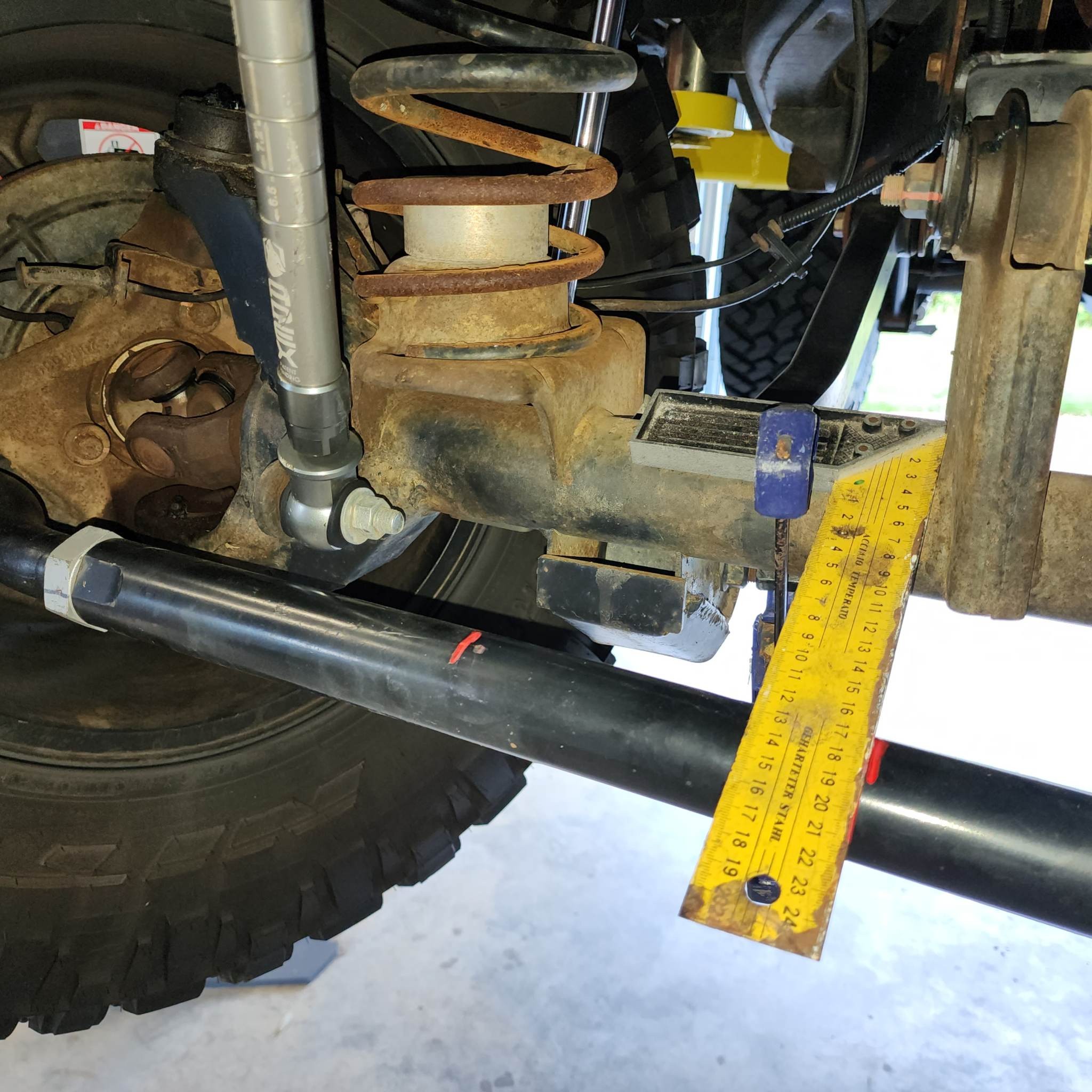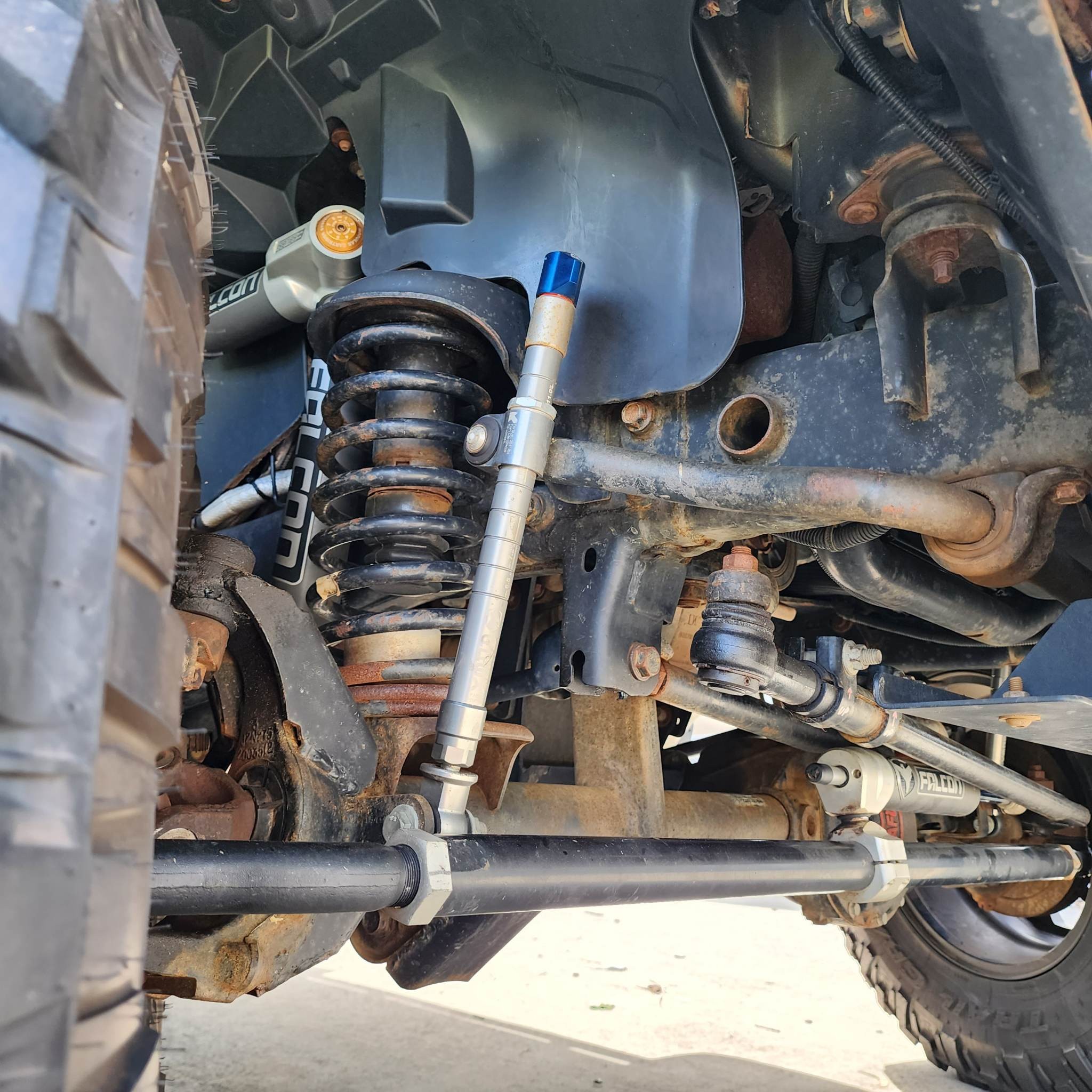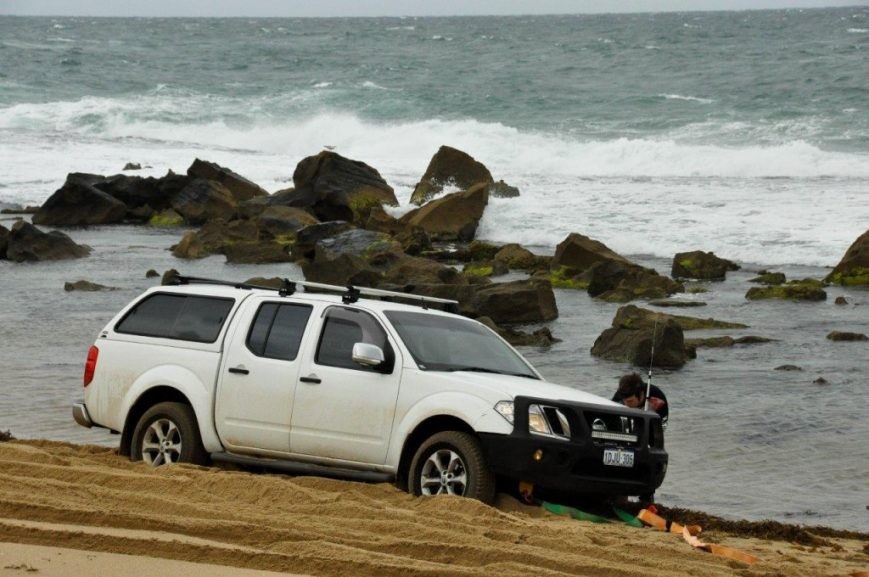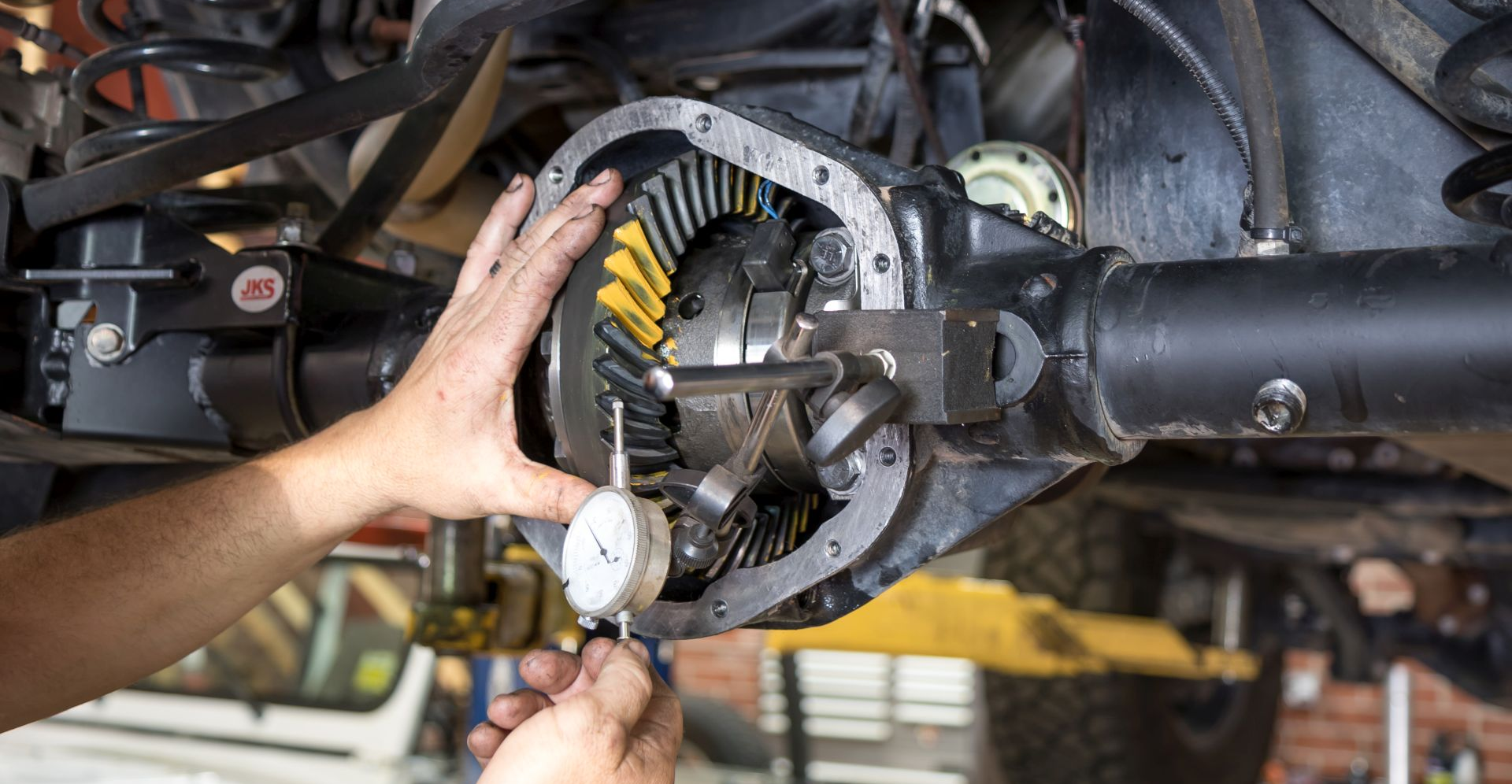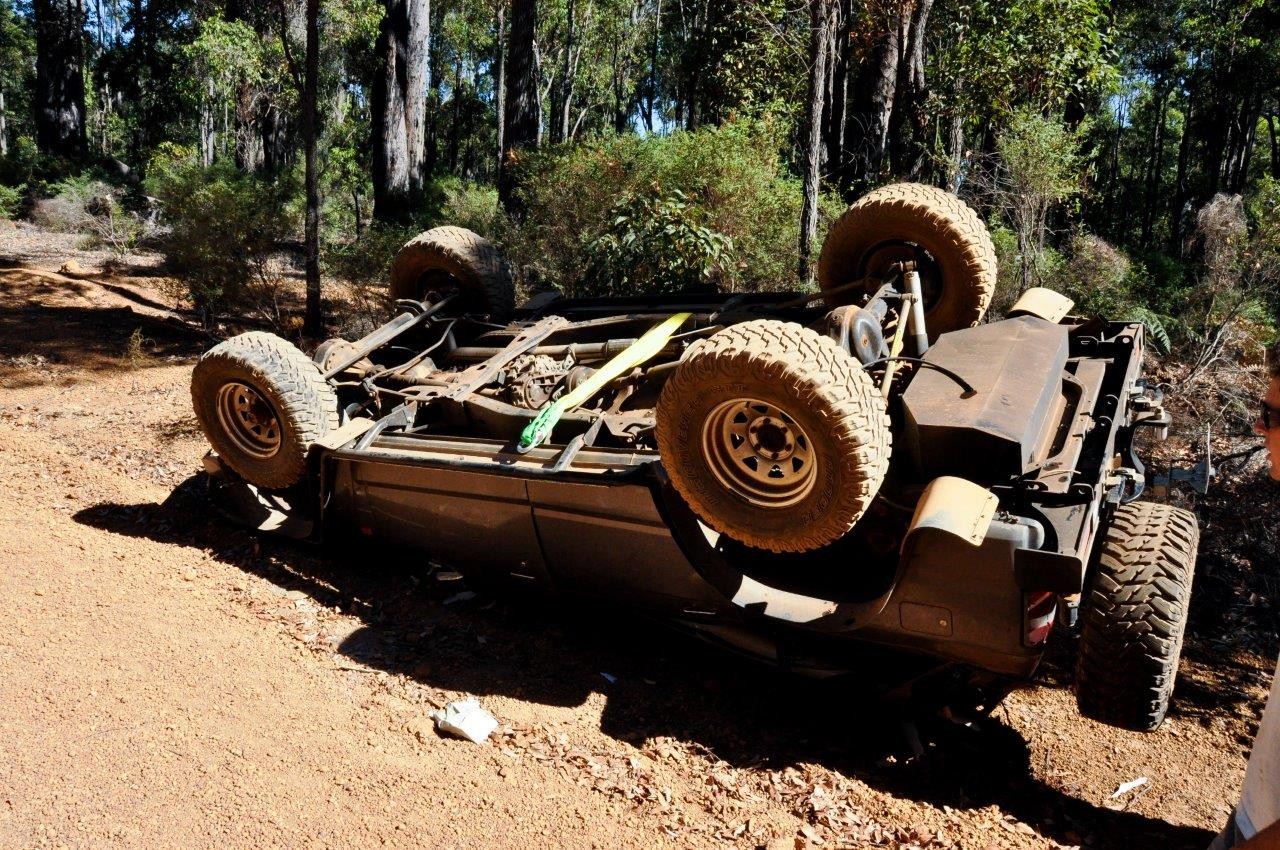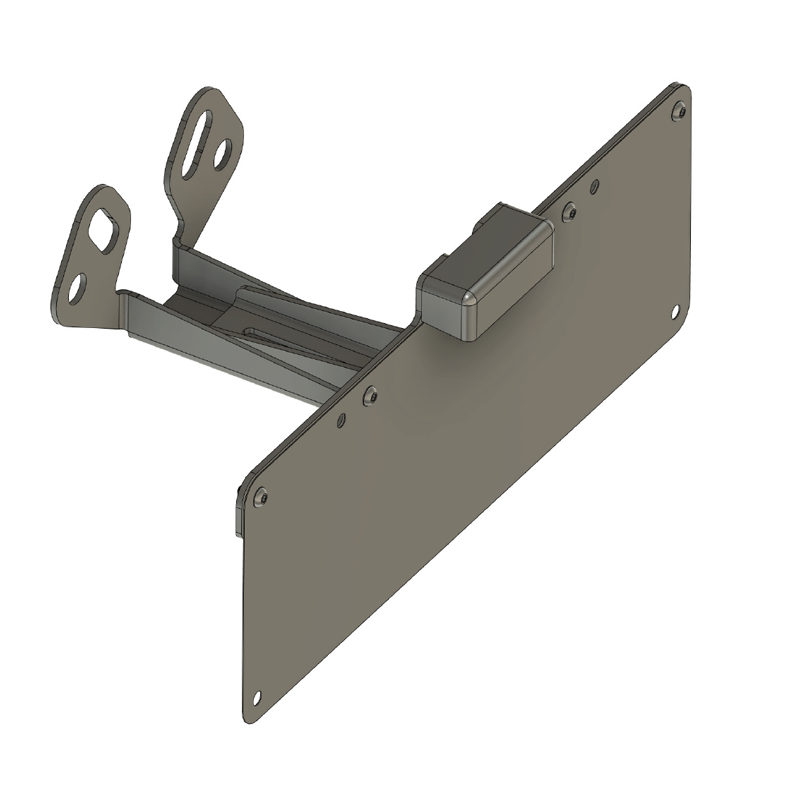How To Drive Washouts In Sand
Sand can be one of the trickiest surfaces to drive on. A lot of that is down to it being unpredictable and giving a lot of variation. Sand can be a firm surface that gives decent grip, or it can be a loose nightmare that will swallow you up to the axles the moment you make a mistake.
It also changes, often very quickly. Dry, loose sand can be firmed up by rain – but if it gets waterlogged, not just wet, it might drag you down even quicker than when it was dry. Wind can move sand surprisingly quickly, turning any dips in the ground into traps full of loose sand just waiting to catch you. But if there’s one thing that can shift the stuff faster than wind, it’s water.
Anywhere there’s sand and water you can get a washout. Tracks in sandy ground are vulnerable, but probably the most common place you’ll find them is on the beach. Wherever they are, though, they can be a real challenge to drivers. Getting through them can be tricky, and some skills will come in really handy if you don’t want to spend a lot of time digging.
Washouts in sand can appear very quickly, and they can also grow at an amazing speed. Before crossing one always examine it first. If it’s a couple of inches deep and there’s no water in the bottom you probably won’t have any issues, but otherwise there can be serious pitfalls. If the washout is full of water, check how deep it is. They can get cut away until they’re deep enough to trap you, and getting back out is a pain. If the water’s flowing fast enough it can also be dangerous, so you want to avoid that. A washout more than a foot deep is best avoided if you can.
One of the biggest problems with washouts is that they usually have very steep, but unstable, sides. If the weight of a vehicle goes too close to the edge it’s going to collapse. If you’re driving across it you’ll probably just get shaken up a bit, but if you’re going parallel to the edge you can end up rolling over. If you have to drive along beside the washout stay at least a couple of metres away from it; that way you won’t end up rolling in.
If you have to cross a deep one, and there’s no water in it, take the time to collapse the edges and make ramps on both sides. This avoids the risk of the front end dropping hard enough to damage something as you go in, and of course it lets you climb out again on the other side too.
Always check the bottom before crossing a washout. Just because the sand to either side is firm, that doesn’t mean it will be in the middle. Waterlogged sand can leave you stuck in the middle, so probe it to make sure it’s solid enough to get across. Adjust your tyre pressures, too; lowering them to around 15psi will make it a lot easier. In fact you should always drop pressures when you’re driving on sand.
Most washouts will be shallow, with a firm bed, and you can get across them easily. Usually they’re no obstacle at all. You won’t always be so lucky though, and it’s possible to get pretty badly stuck. Just take a few minutes to check them out before charging through and you’ll be fine.

